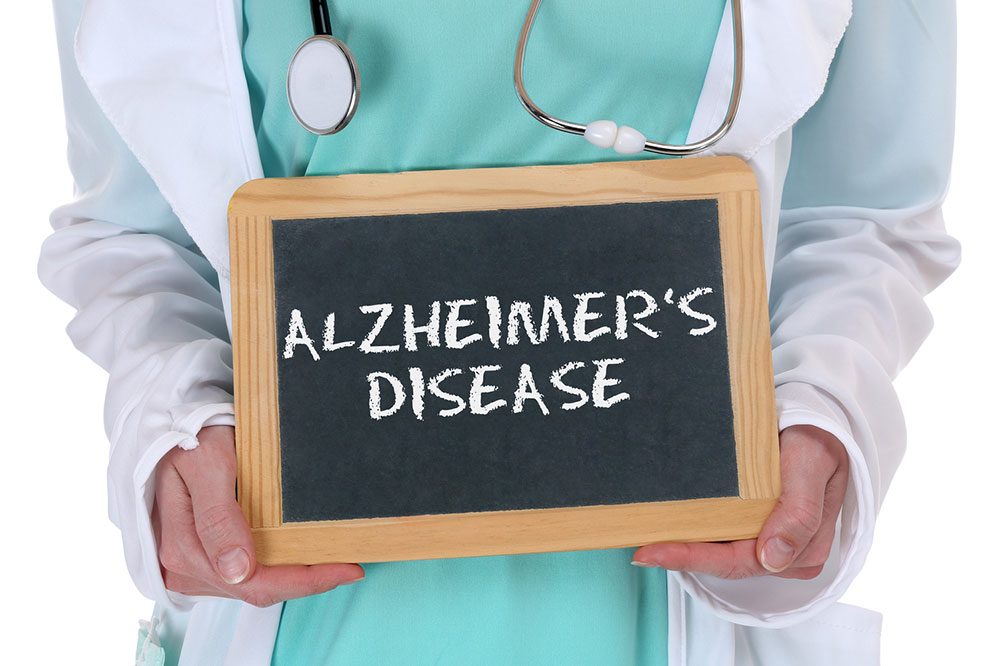Understanding Alzheimer’s Disease: Overview and Pathophysiology
Alzheimer’s disease is a progressive neurodegenerative disorder marked by memory loss and cognitive decline due to amyloid plaques and tau tangles in the brain. Mainly affecting older adults, early diagnosis and personalized treatment are essential for better management. Current research aims to understand its complex pathology to develop more effective therapies. Recognizing early signs can help improve quality of life and delay disease progression.

Alzheimer’s disease stands as the leading cause of dementia worldwide, characterized by progressive cognitive decline. This neurodegenerative condition gradually damages brain cells, impairing memory, thinking, and behavior. The hallmark features include the accumulation of amyloid plaques and tau tangles in the brain, particularly affecting regions responsible for memory and cognition. While the exact cause remains unknown, early signs often involve short-term memory loss and behavioral changes. Currently, there is no cure, but treatments aim to slow symptom progression. Early diagnosis and personalized care are vital for managing the disease effectively.
Typically affecting individuals over 60, Alzheimer’s leads to declining independence as the disease advances. It destroys neuronal connections, resulting in brain shrinkage and loss of function. The pathophysiology involves complex processes, including plaque buildup and neuronal disconnection, that ultimately impair brain communication. Some rare early-onset cases involve genetic factors. Understanding these mechanisms is crucial for developing future therapies and improving patient outcomes.
In addition to classic Alzheimer’s, rarer variants like Primary Progressive Aphasia cause specific language difficulties while sparing memory initially. Awareness of these atypical forms can assist in early diagnosis and targeted interventions. Though much remains to be understood, ongoing research focuses on unraveling the disease’s underlying causes to find effective treatments and preventive strategies.










